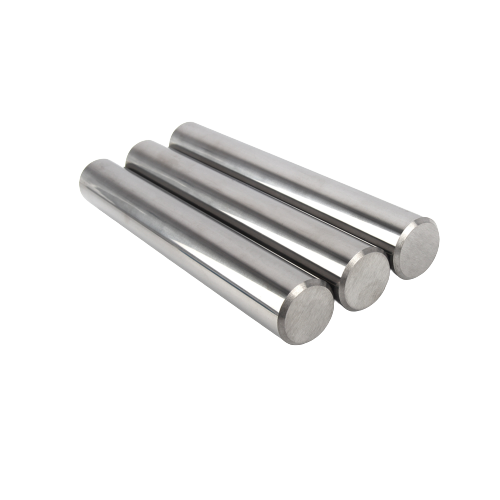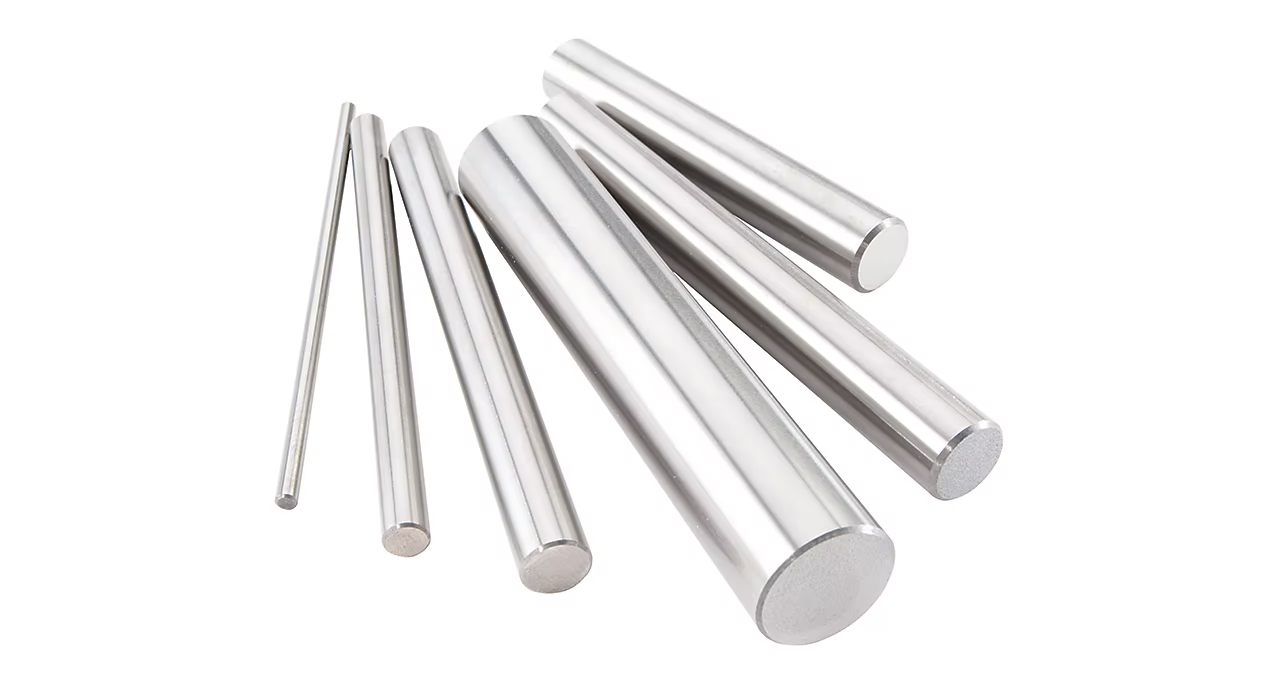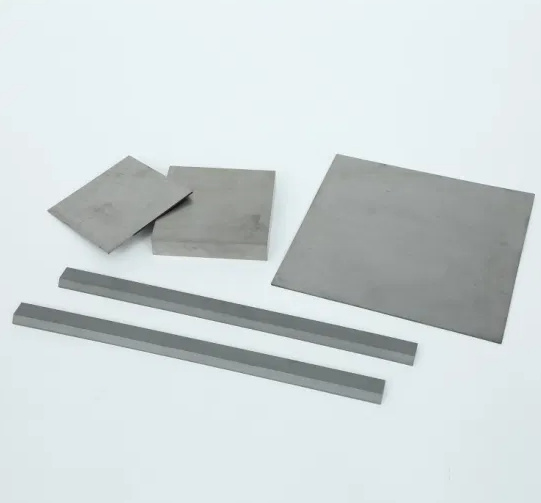Barres en carbure sont une force dans le monde de l'usinage et des applications industrielles. Elles offrent une durabilité, une dureté et une résistance à l'usure inégalées, ce qui en fait un choix de premier ordre dans des secteurs allant de la coupe des métaux au forage et au-delà. Mais que sont exactement les tiges de carbure et pourquoi sont-elles si appréciées ? Plongeons dans le monde des tiges de carbure et découvrons tout ce qu'il y a à savoir !
Qu'est-ce qu'une tige en carbure ?
Les tiges en carbure sont des tiges cylindriques et durables composées principalement de carbure de tungstène, un composé connu pour son extrême dureté et sa résistance à l'usure. Elles sont conçues pour résister à des conditions d'impact élevées, ce qui en fait des outils de prédilection pour ceux qui exigent longévité et solidité, tels que les perceuses, les fraises et les équipements de meulage. Mais comment ces barres sont-elles fabriquées exactement et qu'est-ce qui leur confère ces propriétés incroyables ?
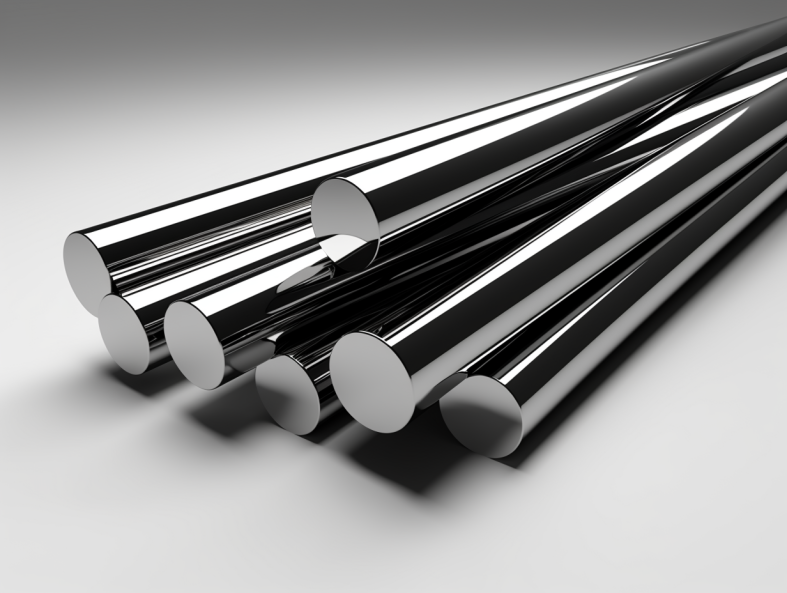
Analyse des matières premières et de la composition des barres de carbure
Les barres de carbure sont généralement fabriquées à partir de poudre de carbure de tungstène mélangée à du cobalt comme liant. Le composé ainsi obtenu est pressé et fritté sous la forme d'une tige capable de supporter des applications à haute pression sans se briser.
- Carbure de tungstène (WC) : Le composant principal, le carbure de tungstène, représente environ 85-95% de la composition et offre une grande dureté.
- Cobalt (Co) : Le cobalt lie les particules de carbure de tungstène entre elles, ce qui améliore la durabilité et apporte une légère flexibilité.
Exemple de tableau de composition
| Composant | Pourcentage (%) | Fonction |
|---|---|---|
| Carbure de tungstène | 85-95 | Dureté, résistance à l'usure |
| Cobalt | 5-15 | Agent liant, ajoute de la ténacité |
| Carbure de titane | Jusqu'à 5 | Améliore la résistance à haute température |
| Carbure de tantale | Jusqu'à 2 | Augmente la dureté et la stabilité |
Types de barres en carbure
Les tiges de carbure se déclinent en différents types pour répondre à des besoins industriels spécifiques. Chaque type diffère par sa composition, sa dureté, sa résistance à l'usure et l'usage auquel il est destiné. Voici un aperçu des principaux types disponibles.
Tableau des types de barres en carbure
| Type | Description |
|---|---|
| Tiges en carbure massif | Type standard pour la résistance à l'usure, utilisé dans les applications générales. |
| Tiges à double hélice | Conçue avec une double hélice pour un meilleur enlèvement des copeaux, idéale pour le perçage. |
| Tiges de carbure à micro-grains | Constitués de particules de carbure plus petites, ils offrent une finition plus lisse lors de l'usinage fin. |
| Baguettes à grains ultrafins | Particules extrêmement fines, optimisées pour les tâches d'usinage très précises et délicates. |
| Tiges à trous pour le liquide de refroidissement | Ils sont dotés de trous internes pour permettre l'écoulement du liquide de refroidissement et sont utilisés pour le perçage à grande vitesse. |
| Barres de carbure submicroniques | Pour les applications de précision extrême, en particulier pour le micro-perçage. |
| Ébauches de tiges | Barres non finies qui peuvent être façonnées selon des exigences spécifiques. |
| Tiges en carbure cémenté | Tiges mélangées à des agents cimentaires pour une durabilité accrue dans des conditions d'impact élevé. |
Applications de la Tiges en carbure
Les barres en carbure sont réputées pour leur polyvalence. Elles sont largement utilisées dans de nombreuses industries en raison de leur ténacité, de leur résistance à l'usure et de leur grande stabilité thermique. Explorons les applications.
Tableau des applications des barres de carbure
| Application | Description |
|---|---|
| Découpage du métal | Utilisé dans les forets, les fraises et les outils de tournage pour une coupe précise et efficace. |
| Exploitation minière | Convient aux outils de forage de roches, grâce à leur capacité à résister à la pression. |
| Travail du bois | Utilisé dans les défonceuses pour façonner et couper le bois avec précision. |
| Aérospatiale | Employé dans les composants à haute température qui résistent à l'usure. |
| Fabrication automobile | Indispensable pour la fabrication de pièces telles que les chemises de cylindre, les segments de piston, etc. |
| Industrie du pétrole et du gaz | Vital pour les équipements de forage car ils supportent bien les conditions abrasives. |
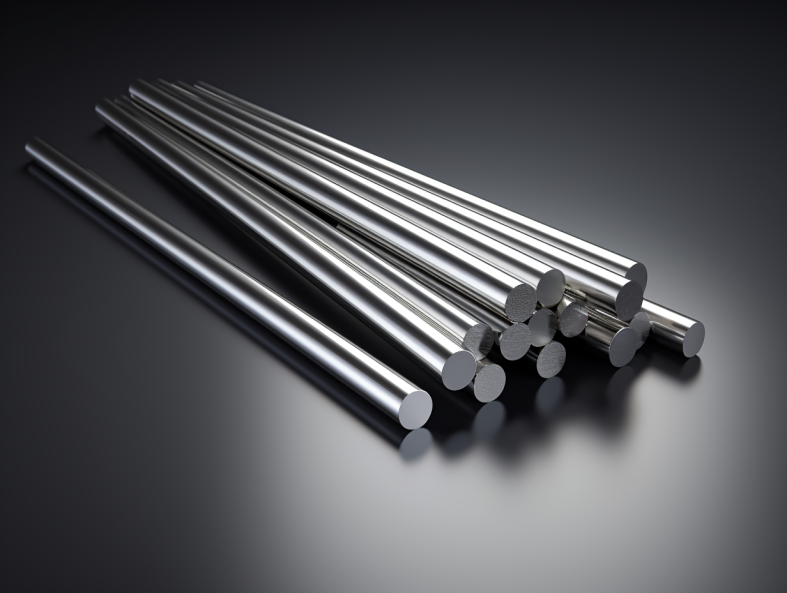
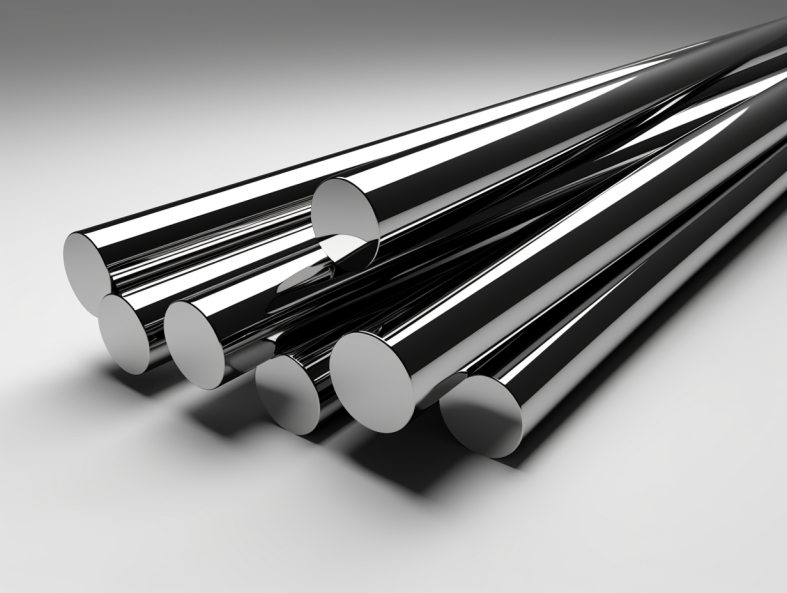
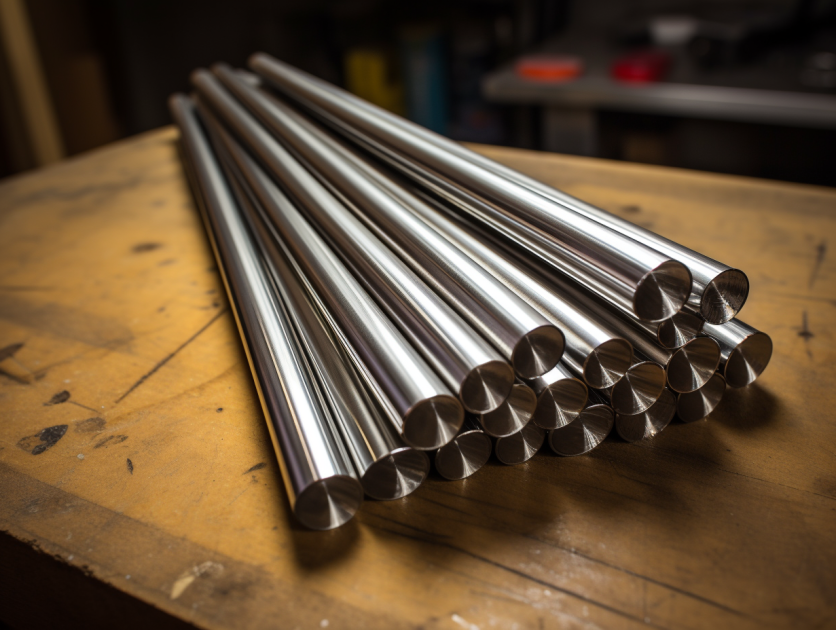
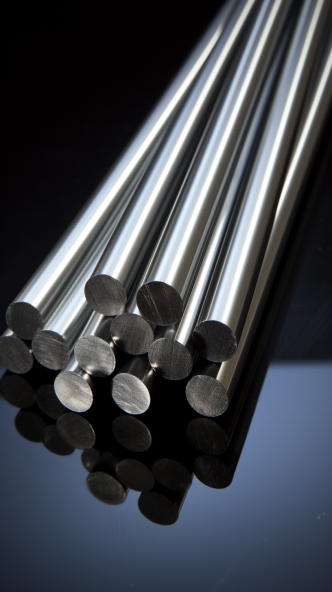
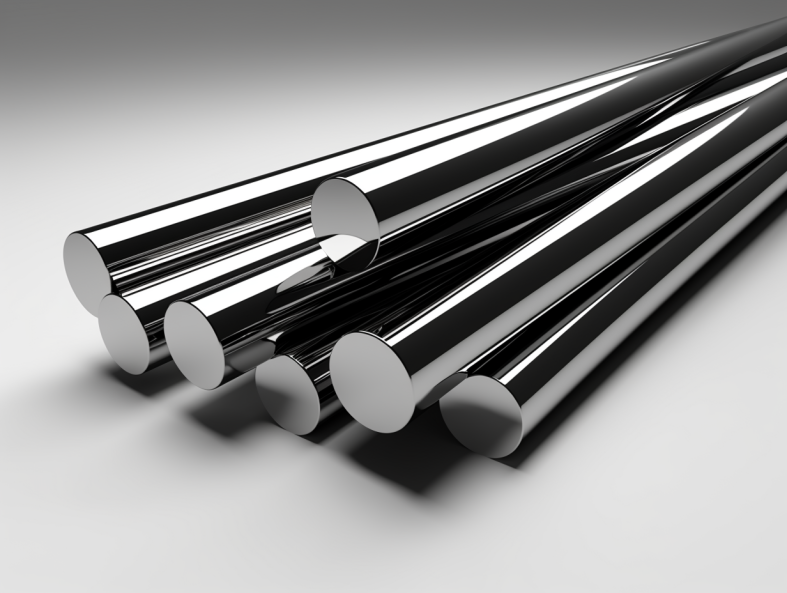
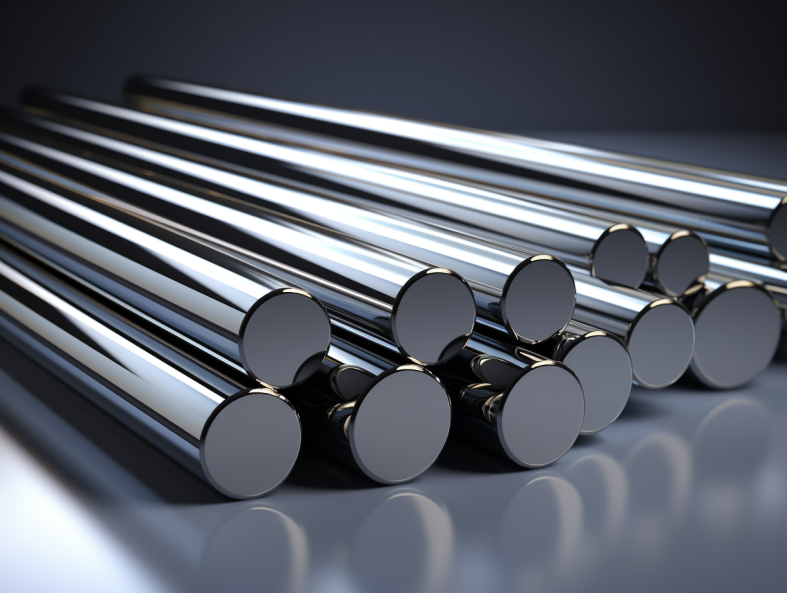
Processus de production des barres de carbure
Les barres de carbure sont produites selon un processus complexe, en plusieurs étapes, afin de garantir qu'elles répondent aux normes strictes de l'industrie. Voici un aperçu des principales étapes de la production de barres de carbure :
- Préparation de la poudre: Les poudres de tungstène et de cobalt sont mélangées, souvent avec un liant humide.
- Le compactage: Le mélange de poudres est compacté sous haute pression pour créer un bâton "vert".
- Frittage: Le barreau compacté est fritté à haute température pour atteindre sa pleine densité.
- Broyage: Après le frittage, le barreau subit un broyage pour obtenir une surface lisse.
- Finition: Des traitements de surface ou des usinages supplémentaires peuvent être réalisés en fonction des besoins du client.
Propriétés matérielles des barres de carbure
Les propriétés matérielles des barres de carbure définissent leurs performances dans diverses applications. Voici un aperçu détaillé des principales propriétés.
Tableau des propriétés des matériaux des barres de carbure
| Propriété | Description |
|---|---|
| Dureté | Extrêmement dur, typiquement entre HRA 89-93 |
| Densité | Densité élevée (14,5 - 15,0 g/cm³), garantissant la durabilité. |
| Résistance à la flexion | Résistance élevée à la flexion, environ 2000 - 3000 MPa |
| Conductivité thermique | Conductivité thermique modérée pour la dissipation de la chaleur |
| Module d'élasticité | Typiquement autour de 600 - 700 GPa |
Spécifications, tailles, formes et normes
Les barres de carbure se présentent sous différentes formes et tailles pour répondre aux exigences de l'industrie. Voici un aperçu des spécifications courantes.
Tableau des spécifications des barres de carbure
| Taille | Diamètre (mm) | Longueur (mm) | Options de forme |
|---|---|---|---|
| Petit | 1-4 | 50-100 | Ronde, carrée |
| Moyen | 4-10 | 100-200 | Ronde, rectangulaire, hélicoïdale |
| Grandes dimensions | 10-20 | 200+ | Ronde, personnalisable (par exemple, pour les trous de refroidissement) |
Comment choisir le bon Tige en carbure
Le choix de la bonne tige de carbure est crucial. Les facteurs à prendre en compte sont le type d'application, la dureté, la stabilité thermique et le coût.
Tableau de sélection de la tige de carbure appropriée
| Application | Type idéal de barreau en carbure | Critères de sélection clés |
|---|---|---|
| Usinage de précision | Tige en carbure à micro-grains | Finition lisse, faible usure |
| Forage à grande vitesse | Trou de refroidissement Tige | Résistance à la chaleur, élimination efficace des copeaux |
| Coupe à usage intensif | Tige en carbure cémenté | Dureté extrême, résistance aux chocs |

Comparaison des avantages et des limites
Barres en carbure sont fantastiques, mais ils ne sont pas sans contrepartie. Voici ce qu'il en est.
Tableau des avantages et des limites des barres de carbure
| Facteur | Avantages | Limites |
|---|---|---|
| Durabilité | Grande résistance à l'usure, durée de vie plus longue | Coût initial plus élevé |
| Stabilité thermique | Maintien des propriétés sous l'effet de la chaleur | Fragilité potentielle à basse température |
| Précision | Excellent contrôle dimensionnel | Difficile à usiner sans outils spécialisés |
FAQ
| Question | Réponse |
|---|---|
| Qu'est-ce qu'une barre de carbure ? | Une tige en carbure est un outil en carbure de tungstène connu pour sa grande résistance à l'usure et sa dureté. |
| Comment choisir une barre de carbure pour mon application ? | Tenez compte de facteurs tels que l'application, la dureté, la taille et le coût pour trouver la tige de carbure idéale. |
| Les tiges de carbure peuvent-elles supporter des températures élevées ? | En effet, ils restent stables à des températures élevées, ce qui les rend idéaux pour les tâches lourdes. |

